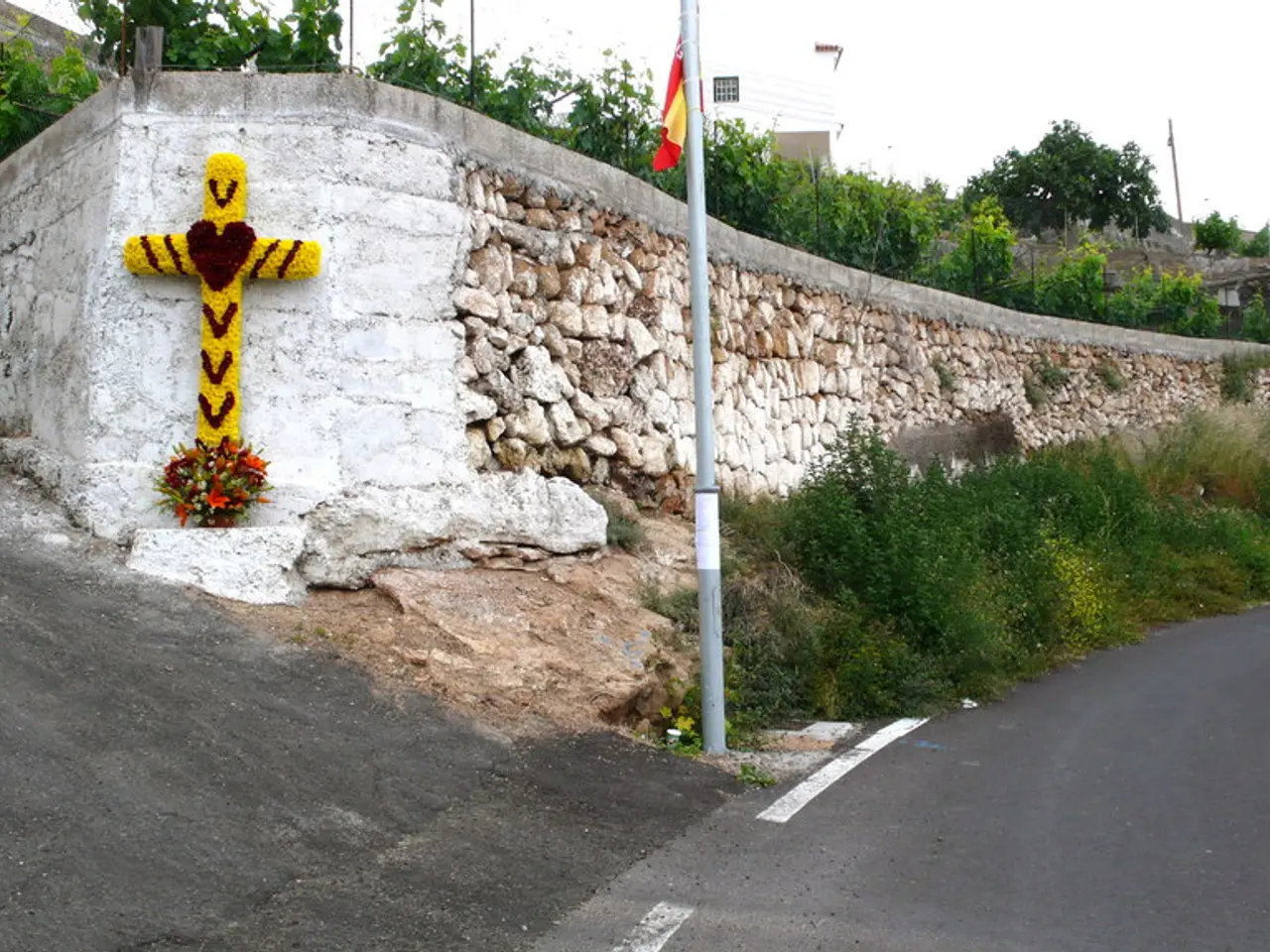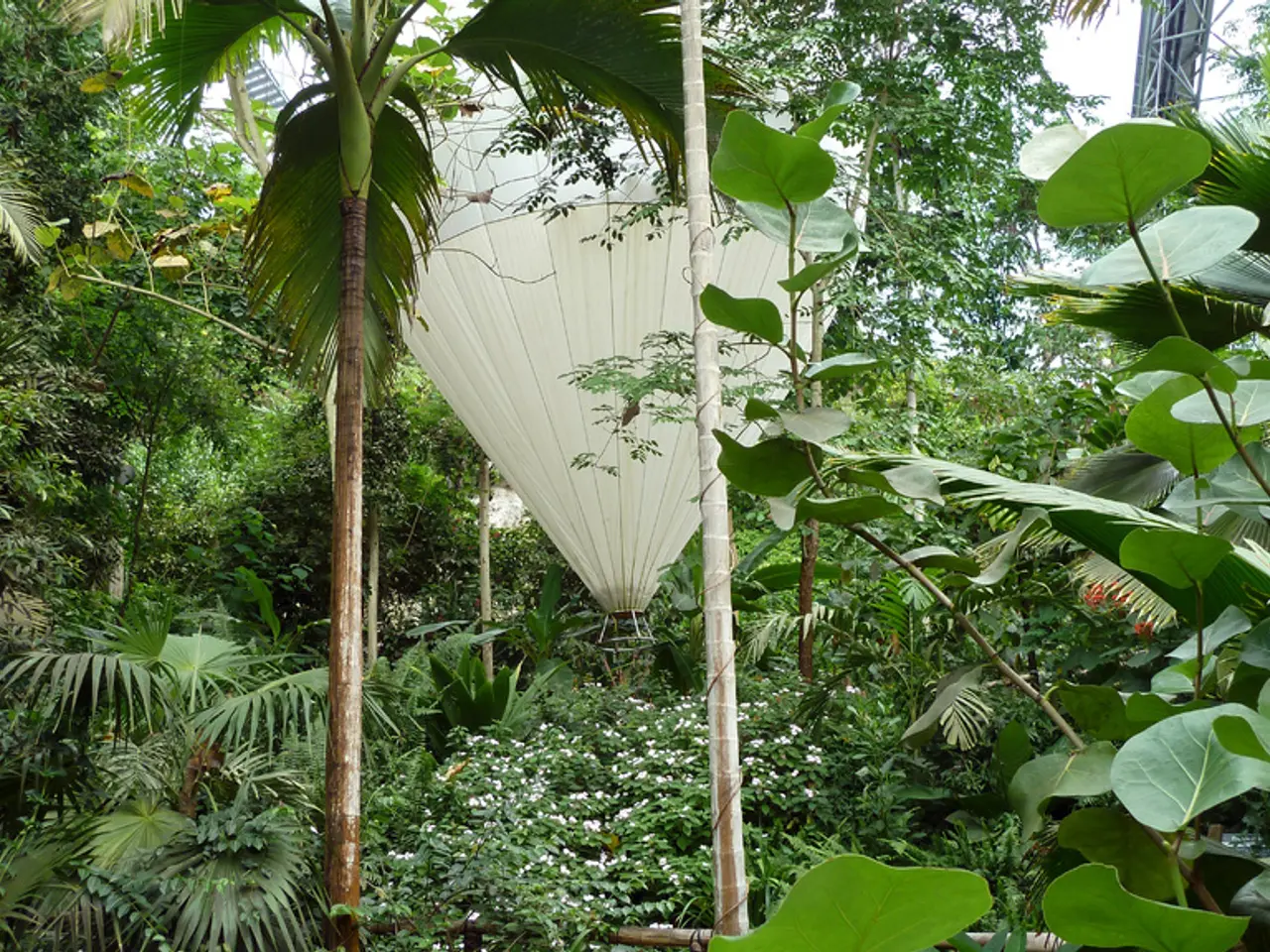Top 10 Perennials that Thrive with Autumn Sowing:
As the autumn leaves begin to fall, garden enthusiasts are gearing up for a unique opportunity to transform their outdoor spaces. Planting perennials in the fall offers several advantages, allowing plants to establish strong roots before winter and flourish the following growing season.
One such perennial that thrives in fall planting is Russian Sage (Perovskia atriplicifolia). This hardy plant prefers slightly alkaline soil and full sun exposure, with at least 6-8 hours of direct sunlight daily. With tall, airy spikes of blue flowers and silvery-gray foliage, it blooms from late summer to early fall, making it a striking addition to any garden. To ensure optimal growth, plant Russian Sage in well-drained soil in early to mid-fall.
Another popular choice is Coral Bells (Heuchera americana), known for its colorful foliage that persists through much of the year. These perennials thrive in rich, well-draining soil with partial shade and are hardy in zones 5 to 9. They are great for adding color to shade gardens or under trees.
Chrysanthemums are classic fall bloomers, coming in a wide range of colors and growing best in full sun with rich, moist soil. They are hardy from zones 3 to 9 and provide striking autumn color. Floribunda Roses also bloom into fall, producing vibrant clusters of flowers. They do best in full sun with well-drained, acidic soil rich in compost and are hardy in zones 5 to 9.
Purple Coneflower (Echinacea) is a native perennial that thrives in full sun to part shade, in well-drained soil, and is hardy in zones 3 to 8. It attracts pollinators like butterflies and hummingbirds. Phlox offers fragrant, colorful blooms from spring through summer and prefers full sun and moist, well-drained soil. Some cultivars have resistance to powdery mildew.
Black-Eyed Susans, with their vibrant golden yellow petals surrounding dark brown centers, are another excellent choice for fall planting. They bloom from mid-summer to fall and attract butterflies. To give them a head start for the next growing season, plant them in early to mid-fall when the soil is cooler and moisture levels are reliable.
Fall planting is also beneficial for bulb plants like Schubertii Allium, Parrot Tulips, and Crown Imperials. Schubertii Allium features large, spherical flower heads composed of tiny star-shaped blossoms, adding a whimsical touch to gardens. To protect them from extreme cold, mulch around the bulbs. Parrot Tulips have flamboyant, fringed petals in vibrant colors such as red, yellow, and orange, adding a touch of drama and elegance to spring gardens. Plant them in well-drained soil in a sunny location, watering them well after planting and adding a layer of mulch to protect the bulbs.
Crown Imperials are striking perennials known for their tall stems topped with clusters of bell-shaped flowers in shades of red, orange, and yellow. To ensure they are ready to bloom in late spring, plant them in the fall. Ensure the bulbs used for Crown Imperials are large, measuring at least 8-10 cm (3-4 inches) in diameter, and firm to the touch.
In summary, fall planting gives perennials a head start on root development, helping them survive winter conditions and flourish the following growing season. This timing is especially beneficial for plants like Coral Bells, chrysanthemums, and Phlox, which establish well before the arrival of frost. By spring, these plants wake up stronger, more resilient, and better established than those planted in spring, leading to healthier growth and more vigorous blooms.
Home-and-garden enthusiasts might consider incorporating Coral Bells (Heuchera americana) into their fall garden planting, as these perennials thrive in rich, well-draining soil with partial shade and are hardy in zones 5 to 9, providing color to shade gardens or under trees throughout much of the year. Additionally, for those looking to add a striking addition to their garden that blooms from late summer to early fall, Russian Sage (Perovskia atriplicifolia) is a popular choice, preferring slightly alkaline soil and full sun exposure.







